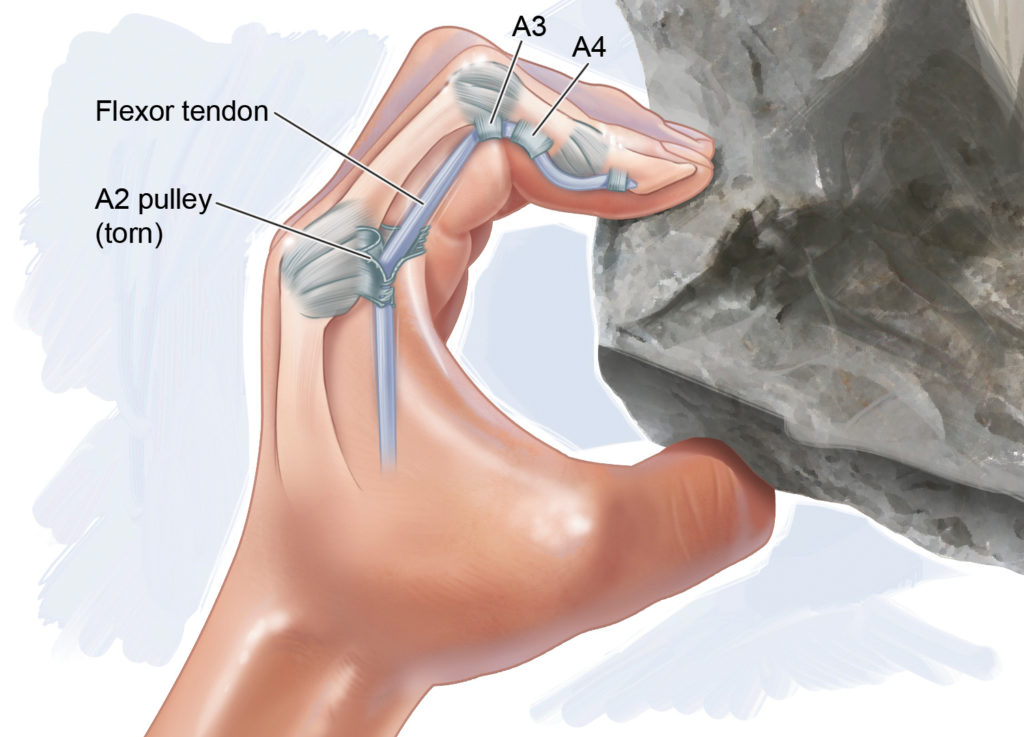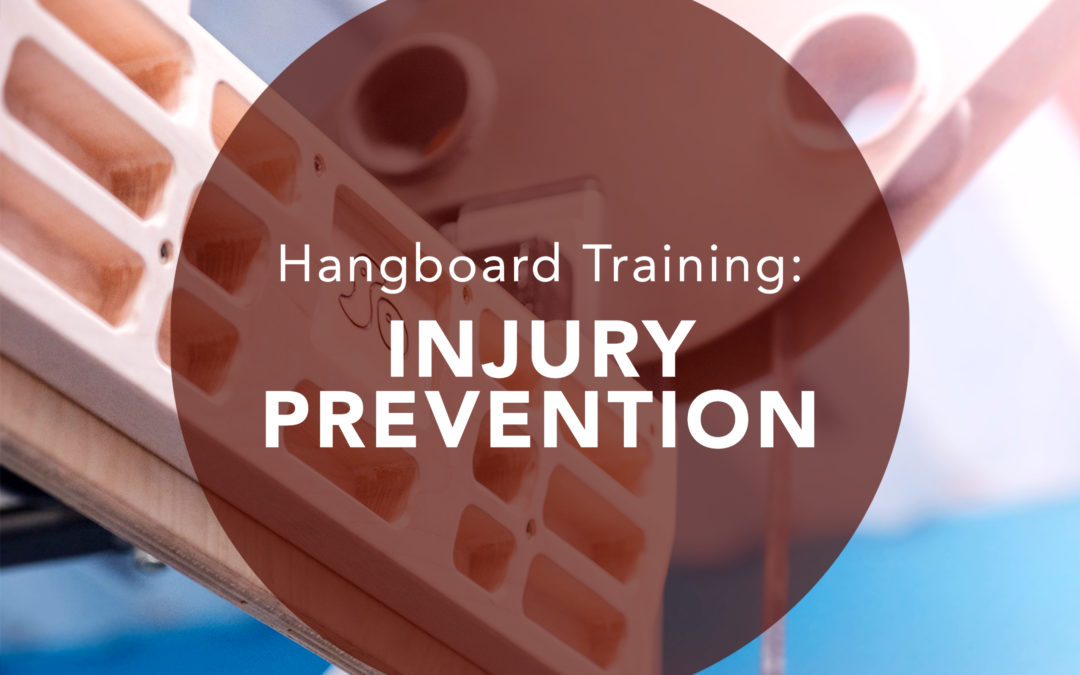Words by Nicola Strother, Yoga & Fitness Director at Sender One SNA
As we are in uncertain times with the need to self isolate, a lot of us are turning to "in home" training exercises and watching internet how-to videos. In-home training can be amazing IF our bodies are prepared and ready for the pressure and tension we are creating with these new routines. With our rock walls closed, we are getting lots of requests for "Hangboard Training". Hangboards (or campus boards for those who have one) are popular training tools for climbers. Hangboards, without a doubt, can bring increases in finger strength and local endurance. However, if this tool is misused or overused, you will be forced to rest. Common injuries from hangboarding are finger tendon strain and ruptures. We would like to offer you a way to integrate new training into your home routine.
We're going to cover one of the most common climbing injuries - the finger tendon pulley.
To understand what happens, let's cover a bit of anatomy. First, unlike the rest of your body, your fingers don't have muscles. They have tendons. The ability to flex your fingers and wrist is due to the muscles in the forearm that attach to long, narrow tendons as they reach into the fingers. These tendons are protected with a sheath and are anchored by "pulleys" that keep the tendons close to the bone. Each finger has 5 pulleys attaching the tendon to the bone. Their job is to press the flexor tendons to the bones when you close your hand (like the rings of a fishing rod that hold the fishing line to the rod when you get a bite.) When climbing and crimping, your pulleys work hard and it doesn't take long for an intense load to either tear or strain that "pulley" . The most common finger affected by these injuries is the ring finger, and the A2 pulley. (see photo)

Image from Gripped.com
How do you know you have injured a pulley tendon?
Some climbers may feel a tweak or hear a loud "pop". This is followed by pain, swelling, and reduced mobility. Or sometimes, you may be able to go on with your regular routine and only feel it when you grip a hold in a very specific position. In severe cases, you know because you can’t flex your fingers or make a fist.
What should you do if you have an injured pulley tendon?
Treatment of an A2 pulley injury includes discontinuing climbing or training for climbing until it heals. After the injury first occurs, inflammation control is key. It may be beneficial to ice your finger or give it an “ice bath”. 20 minutes cold / 20 minutes off up to 3 times per day, until inflammation is down and range of motion has returned. This combined with finger range of motion exercises can help with a smooth recovery. Tendon injuries can take a while to heal (sometimes months). Returning to normal activity truly depends on its severity. With mild strains, you could return to activity once the swelling and pain is gone; however for full ruptures, rehab can typically be between one and three months. If surgery is required, your climbing may be restricted for up to a year. As with any injury, don’t self diagnose. If you feel it is a small strain, try ice and rest; however, if pain or swelling continues, see a doctor.
How do you prevent this injury specific to hangboard training?
- Listen to your body. Make sure whatever you plan on training is well rested.
- Warm up. Jump rope or run in place. I know this doesn't sound like a finger warm up, and it isn't. It is getting blood flowing throughout your whole body. Warming up has been shown to increase pliability of the finger flexor tendons, which allows them to absorb more force.
- Warm up your fingers. Here is one basic exercise. "Make a tight fist and squeeze hard for one second. Now flick your fingers, like you’re flicking water at someone, and spread your fingers as much as possible; hold for one second. Repeat this 12 times." - Backcountry.com
- Be conscious and honest about your movements and practice. Know your limits.
- Track your sessions and note any "tweaks". Not only is this essential to progress, but it can help you look back and find what movement caused an uncomfortable pain. You could reference this and not repeat the same hanging sequence. Try something different. I tend to have clients go by the idea the "fatigue is fine, but sharp pain is NOT". If during a sequence, you feel something that is "off." Don't finish the sequence. Stop.
- If you are new to hangboarding, Climber/LAX Head Coach Dom Barry, recommends using an open hand grip to begin with.
- Don’t neglect your pinky finger.
- Make sure to properly rest between reps and sets. Again, listen to your body.
We look forward to sharing our workout routines with you so you can stay fit and increase strength during our closure.
As with all of our fitness suggestions, this information is intended for general informational purposes and cannot answer personal health related questions or problems. If you are experiencing any health related problems, please consult your health professional or emergency medical personnel. The information presented here should not be considered medical advice or imply that any personal action should be taken. You should first discuss any physical, lifestyle and dietary changes with your health or medical professional. Any person relying on any of the information contained on this blog or making any use of the information contained here, shall do so at their own risk.
Be safe and we look forward to seeing you on our walls soon.
Read more from Nicola Strother on her website.

